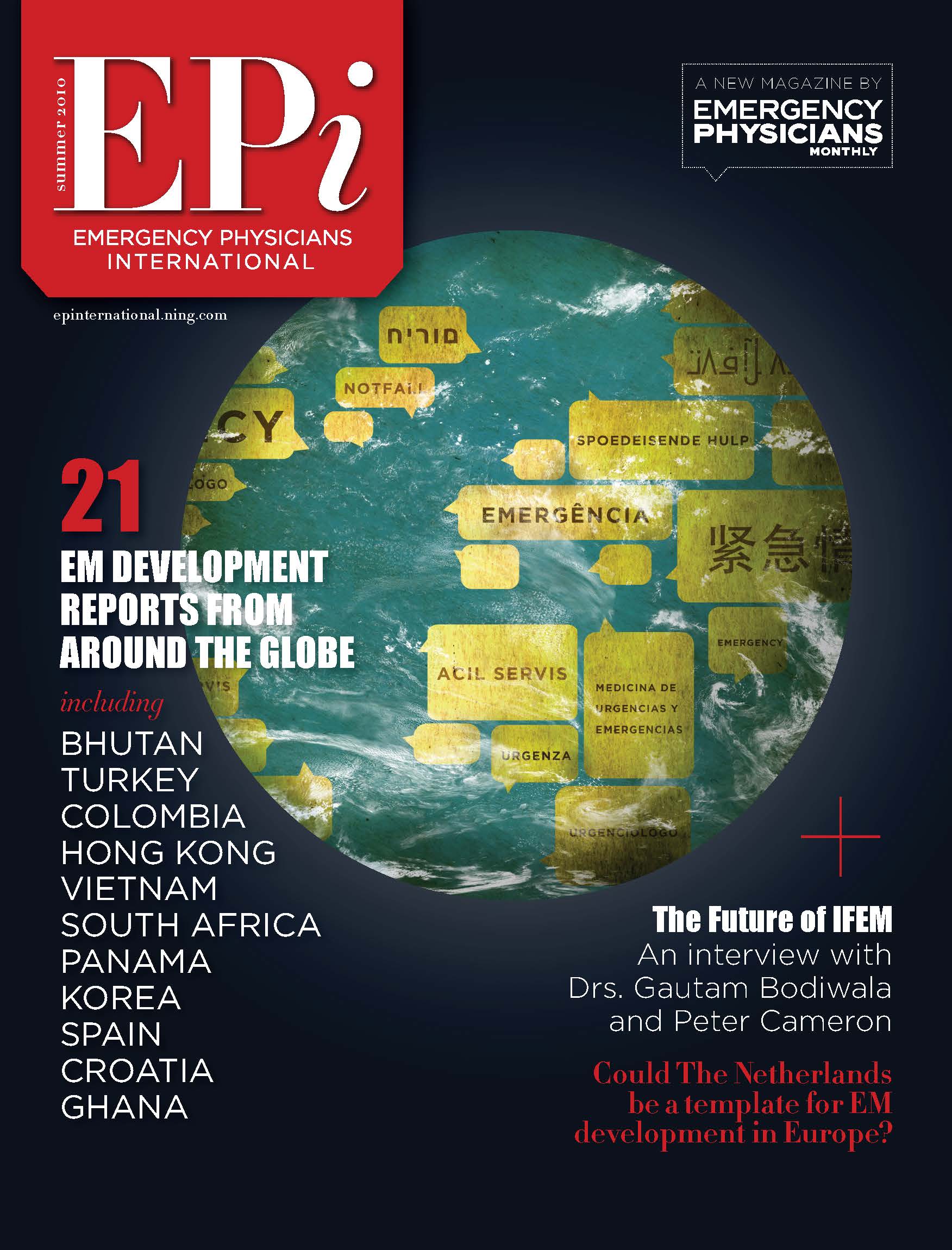Sacrificing Smiles for Safety
When the firefighters came charging up the stairs, we all felt shock. I was on the ground, unable to speak clearly, but I could still feel the tension in the air. Of course my housemates were concerned for my safety-- they were the ones who called for help in the first place, but there was something else that shifted. Since we all moved in three months ago, this was the most people we have ever had in the house. When the doorbell rang, there was a rush to grab masks, as everyone prepared to greet these necessary visitors.
When first responders arrived a few moments later, there was no rush, but silence as person after person joined our household of six in the kitchen. The room is too small even to fit a dishwasher, but somehow accommodated everyone with enough space to get the work done. In other times, this kitchen probably held warmth and laughter as people piled in from the Minnesota winter. During the pandemic, it held fear of the virus, layered on top of the medical emergency that had brought an ambulance crew there in the first place. I was sick, I was scared, and my friends were caught in the tension between wanting to keep their distance from strangers and wanting to hold my hand.
Healthcare has usually felt safe to me, knowing that I had a friend with me to help process the experience, or at least a friendly smile to keep me company. This time, with every face behind a mask, there were no smiles. I felt alone, until I lost consciousness completely.
I woke up in the emergency department, with a crowd of masked faces peering down at me. I had heard about pandemic restrictions, but the personal implications were still a surprise -- no familiar face with me in the ambulance or at the hospital. As the staff took care of me, I noticed a shortness I hadn’t experienced before. Every new person seemed anxious to leave. It wasn’t just that they were busy; I felt like a threat. Hospitals are supposed to be clean environments, and I found myself wondering how much I was contaminating their workspace. These people were trying to help me. I was disoriented, and needed someone to tell me what was happening. Yet to those providing my care, I bore an unknown threat.
How do you care for people who may or may not be contagious in a place where a life threatening infection is spreading? I remember asking this question to an infectious disease physician at the beginning of the pandemic. The answer, as I am sure you all know, is to assume everyone has COVID-19 until proven otherwise. Even with the tests we have, none of which are perfect and many of which are time limited, we still need to be cautious. In the hospital I went to last week, this reality washed over me as I realized the danger of my presence. I considered how my experience fit into the ongoing conversation around patient/physician dynamics in the United States.
In the United States, our work culture dictates that “the customer is always right.” Our society also sees healthcare as a business. Though we don’t like to admit it, there are direct correlations between status, quality of care, and the level of agency one gets. While the notion that “the customer is always right” is not endorsed explicitly in healthcare, it is implicit in a number of industry norms, particularly the central role of “patient satisfaction” surveys in evaluating healthcare providers and institutions. Even when patient satisfaction scores correlate with increased inpatient utilization, increased drug expenses, and increased mortality (JJ Fenton et al, JAMA Internal Medicine 2012; 172: 405-411), they are well loved by healthcare management and inextricably linked to financial incentives and penalties for increasing numbers of healthcare workers. Aside from the particulars of patient satisfaction metrics and the instruments used to measure them, the concepts of patient as customer, and the customer as “always right”, pose particular challenges in an industry where the product the “customer” buys includes expert judgment about potentially life threatening problems. These challenges are further complicated when the customer and the service provider can kill each other during the provision of service. This is the cultural complexity in which I found myself when I came to consciousness in the Emergency Department in the middle of the pandemic.
At my summer job working retail, “the customer is always right” meant that I was not allowed to enforce mask mandates. Nor could I express concern for my safety, at the risk of hurting the feelings of a paying customer. How does this apply to healthcare? Hospitals are allowed to limit access to their facilities by visitors, but this comes at a high social cost. Hospitals have less ability, however, to limit access by patients. Emergency Departments, in particular, have very little ability to limit access to their workplace. Their “customers” perceive themselves to be in dire need of a service which the Emergency Department is required to provide -- by law, by professional standards and by moral obligation.
Inevitably, there will be patients who refuse to be tested for infection, patients who infect someone else despite wearing a mask, and patients who refuse to wear a mask. If I infect a healthcare worker, and that healthcare worker is then unavailable for the patients who arrive next week, was I “always right”? Of course not. “Rightness”, in healthcare, is not determined solely by being the customer, nor even by being a “very important person”.
While there are many unknowns in healthcare, there are also risks which are well established and generally accepted. The virus that causes COVID-19 does not care whether I have subsidized or private insurance, or can afford to pay out of pocket. Neither does it care whether I believe in the virus itself, whether I believe that masks reduce the risk of infecting others, nor whether I really want to go to my sister’s wedding. The virus doesn’t care, but healthcare workers are forced to.
I appreciate that healthcare workers care for me despite the risks I pose to them. I am grateful that they have enough respect for me to wash their hands, wear a mask, and take precautions with their previous patient that reduce the risk of my getting exposed to that patient’s infectious agents. I expect healthcare workers to do everything they can to decrease my risks while I am in their care. This means I also expect them to limit the risk I pose to them, and the possibility that I might infect the next person they care for in that room.
Although there have been difficulties providing the necessary supplies, there is a general social consensus that healthcare workers should have access to effective personal protective equipment. There has been less public conversation, however, about policies and administrative will to protect healthcare workers in their workplace. The customers in this industry are not always right, and healthcare workers need policies and administrative backup to allow them to protect themselves even when patients or coworkers are offended by the need for such protection.
I miss seeing the faces of the people who care for me. I don’t like wearing a mask, and I wish I could have someone who loves me in the room while I am in the hospital. But I will forego these things for now if it means that I, the people who care for me, and the people who follow me in that space will be safer until the pandemic ends. I expect my healthcare providers to take steps to protect themselves, and I expect their bosses and the institutions they represent to support them in taking those steps.
I have spent time in hospitals where I knew every doctor in the room and my mom held my hand. I have been taken to emergency rooms where the doctors spoke a different language than I did, and I couldn’t see a single familiar face. This, however, was the first time I went to the hospital and felt the doctors were cautious around me, like I was a danger to them and seeking care was not inherently safe. I hope most patients seek understanding rather than becoming frustrated with the changes made necessary by the pandemic.







